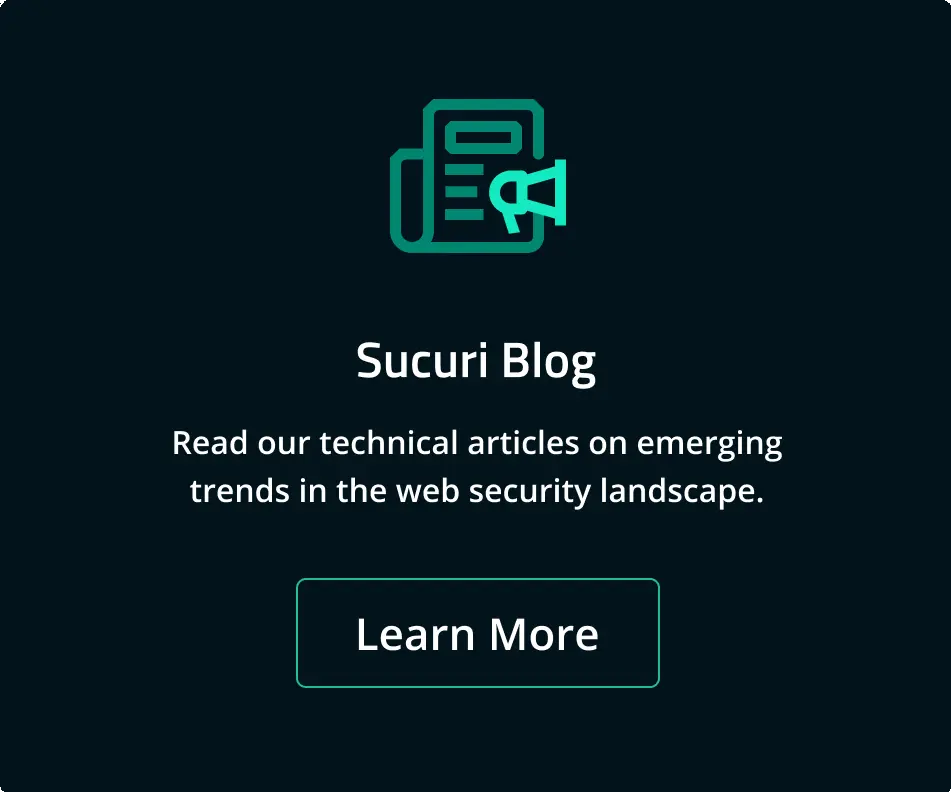How to Prevent Ransomware
Home / Definitions / Security / How to prevent ransomware
How to Prevent Ransomware
Ransomware is a type of malicious software that locks or encrypts files, demanding payment—often in cryptocurrency—for their release. This dangerous form of cyberattack can cause significant harm to individuals, businesses, and even governments. Fortunately, there are several steps you can take to prevent ransomware attacks and safeguard your valuable data.
Critical Steps for Ransomware Prevention
Regular Backups:
- Frequent Backups: Regularly back up important data to secure offline storage locations. This ensures that you can recover your files without having to pay any ransom if they ever become infected by ransomware.
- Validate Backups: Consistently validate backups to ensure they will work correctly when needed. Testing your backups regularly can save you from unpleasant surprises during an actual ransomware incident.
Update Software and Systems:
- Patch Management: Keep all software, including operating systems, applications, and security tools, up to date. Updates typically include patches for known vulnerabilities that could be exploited by ransomware.
- Automatic Updates: Enable automatic updates whenever possible to ensure that essential patches are installed promptly, reducing the risk of missing critical security updates.
Use Strong Passwords and Multi-Factor Authentication (MFA):
- Complex Passwords: Create unique, strong passwords for each account to make it difficult for unauthorized individuals to gain access.
- Enable MFA: Activate multi-factor authentication wherever available. This adds an extra layer of security by requiring more than just a password—such as a text message code—before granting access.
Install Security Software:
- Antivirus Protection: Use reputable antivirus software equipped with real-time scanning capabilities to detect and block malicious files, including ransomware, before they can execute and cause damage.
- Firewall: Ensure that your firewall is enabled. It plays a crucial role in blocking incoming connections from unknown sources, preventing remote hackers from gaining control over your computer or network.
Email and Web Filtering:
- Phishing Protection: Implement email filtering mechanisms to intercept phishing emails, which are commonly used by cybercriminals to spread ransomware.
- Web Filtering: Use web filtering solutions to prevent access to websites hosting malware, including ransomware that may be hidden within legitimate-looking pages.
Educate Users:
- User Training: Regularly train users on how to identify phishing emails, malicious links, and unsafe downloads. Awareness remains one of the best defenses against ransomware attacks.
- Simulated Phishing Attacks: Conduct simulated phishing exercises to evaluate user responses after training sessions, reinforcing the knowledge gained and addressing any misconceptions about this particular security threat.
Network Segmentation:
- Limit Spread: Organizations should consider segmenting their networks into different zones (e.g., DMZ for mail servers, separate segments for critical systems) to contain the lateral movement of ransomware infections. This reduces the potential impact of successful attacks by isolating high-value assets behind firewalls with granular access control lists.
Prevention is better than cure. To effectively prevent ransomware, you need to go beyond the basics. Regular backups, strong security practices, and thorough user training are critical components in minimizing the chances of falling victim to ransomware. Stay vigilant and implement these preventive measures to protect your files from being held hostage by hackers.
RELATED CONTENT
- What is a social engineering attack?
- What is a data breach?
- What is buffer overflow?
- API Security
- What is a supply chain attack?
- What is web application security?
- What is a zero-day exploit?
- What is DNS hijacking?
- What is a KRACK attack?
- What is ransomware?
- What is BGP hijacking?
- What is an on-path attack?
- What is ransomware-as-a-service (RaaS)
- What is swatting?
- What is a browser hijack object?

